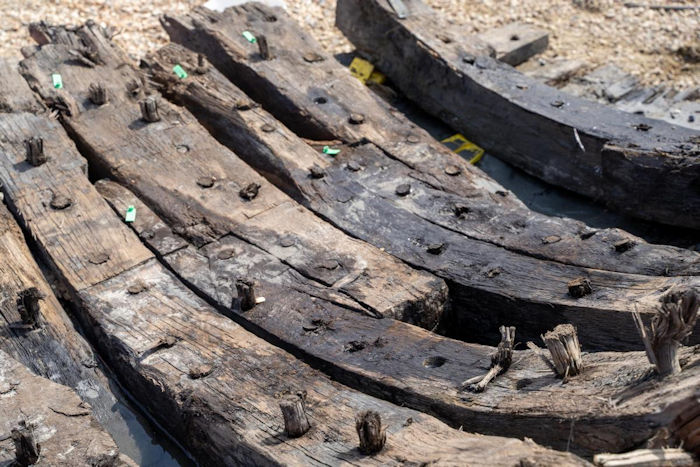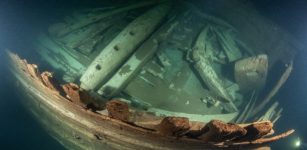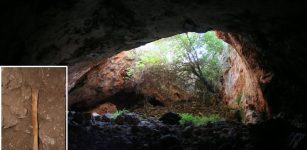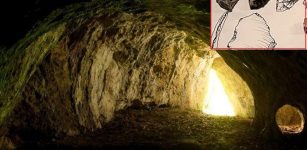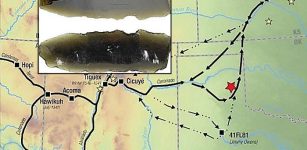Rare Unexpected Discovery Of Elizabethan-Era Ship At Quarry 300 Meters From The Coast
Conny Waters - AncientPages.com - A team from CEMEX unexpectedly uncovered the remains of a rare Elizabethan-era ship while dredging for aggregates at a quarry on the Dungeness headland in Kent. Found some 300 meters from the coast, the discovery stumped the quarry team, who contacted our experts to study the remains.
Recognizing the significance of this extraordinary discovery, Kent County Council enlisted specialist support and emergency funding from Historic England.

Archaeologist records the ship’s remains on-site. Credit: Wessex Archaeology
Very few English-built 16th-century vessels survive, making this a rare discovery from what was a fascinating period in the history of seafaring. The late 16th-century was a period of great expansion of trade, with the English Channel serving as a major route on Europe’s Atlantic seaboard. Although the ship remains unidentified, it represents an era when English vessels and ports played an important role in this busy traffic.
Over 100 timbers from the ship's hull were recovered, with dendrochronological analysis funded by Historic England, dating the timbers that built the ship to between 1558 and 1580 and confirming it was made of English oak. This places the ship at a transitional period in Northern European ship construction.
The hull of the 16th-century ship remains at the quarry. Credit: Wessex Archaeology
When ships are believed to have moved from a traditional clinker construction (as seen in Viking vessels) to frame-first-built ships (as recorded here), where the internal framing is built first and flush-laid planking is later added to the frames to create a smooth outer hull. This technique is similar to what was used on the Mary Rose, built between 1509 and 1511, and the ships that would explore and settle along the Atlantic coastlines of the New World.
“To find a late 16th-century ship preserved in the sediment of a quarry was an unexpected but very welcome find indeed. The ship has the potential to tell us so much about a period where we have little surviving evidence of shipbuilding but yet was such a great period of change in ship construction and seafaring,” Andrea Hamel, Marine Archaeologist at Wessex Archaeology, said.
A still from a 3D model of the 16th-century ship found at Dungeness quarry. Credit: Wessex Archaeology
Although uncovered 300 meters from the sea in what is today a quarry, experts believe the site would have once been on the coastline, and that the ship either wrecked on the shingle headland or was discarded at the end of its useful life. Its discovery presents a fascinating opportunity to understand the development of the coast, ports and shipping of this stretch of the Kent coast.
See also: More Archaeology News
“The remains of this ship are really significant, helping us to understand not only the vessel itself but the wider landscape of shipbuilding and trade in this dynamic period. CEMEX staff deserve our thanks for recognizing that this unexpected discovery is something special and for seeking archaeological assistance. Historic England has been very pleased to support the emergency work by Kent County Council and Wessex Archaeology, and to see the results shared in the new season of Digging for Britain,” Antony Firth, Head of Marine Heritage Strategy at Historic England, said.
Once archaeologists' work is complete, the timbers will be reburied in the quarry lake where they were uncovered so that the silt can continue to preserve the remains.
Written by Conny Waters - AncientPages.com Staff Writer

